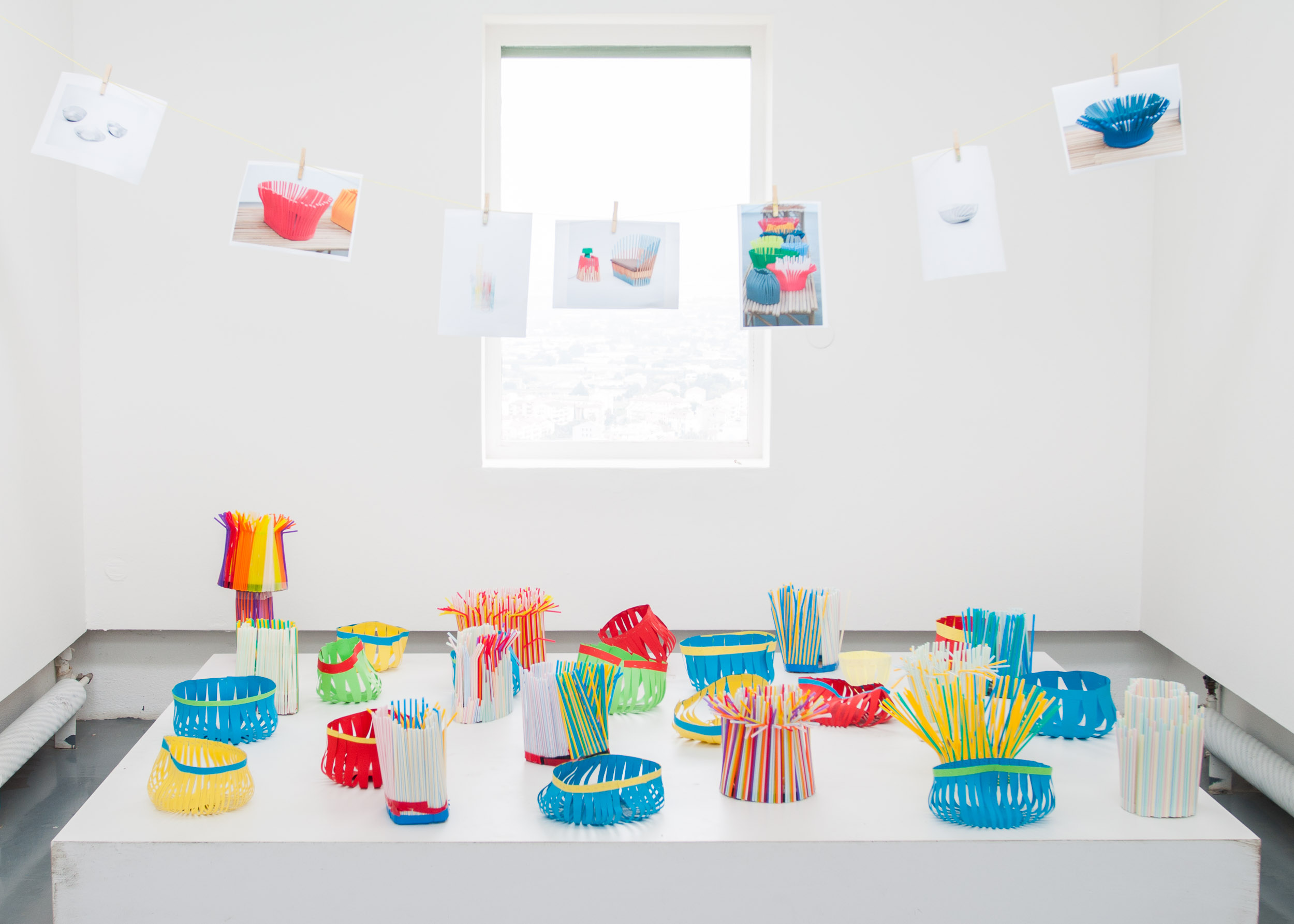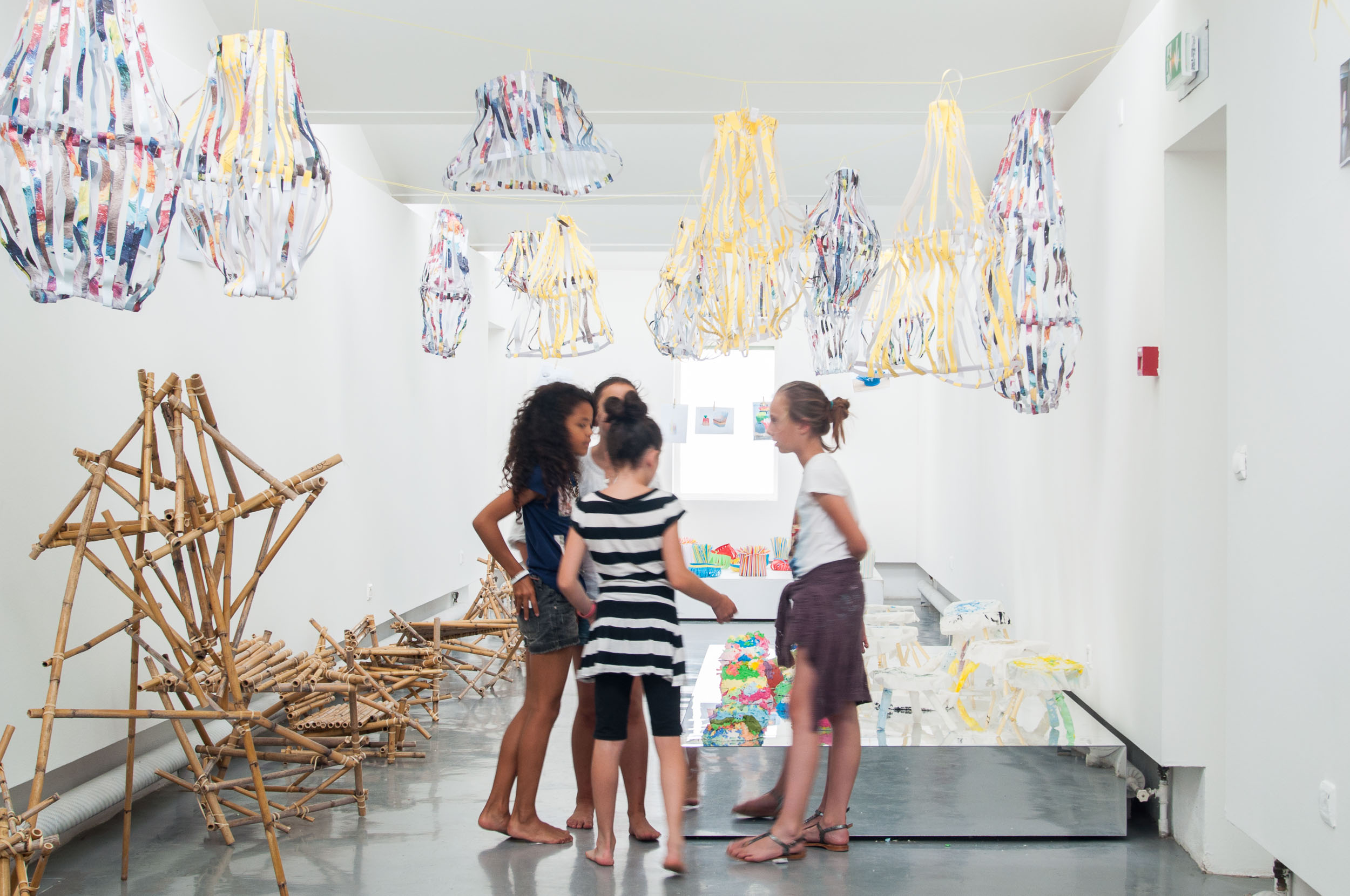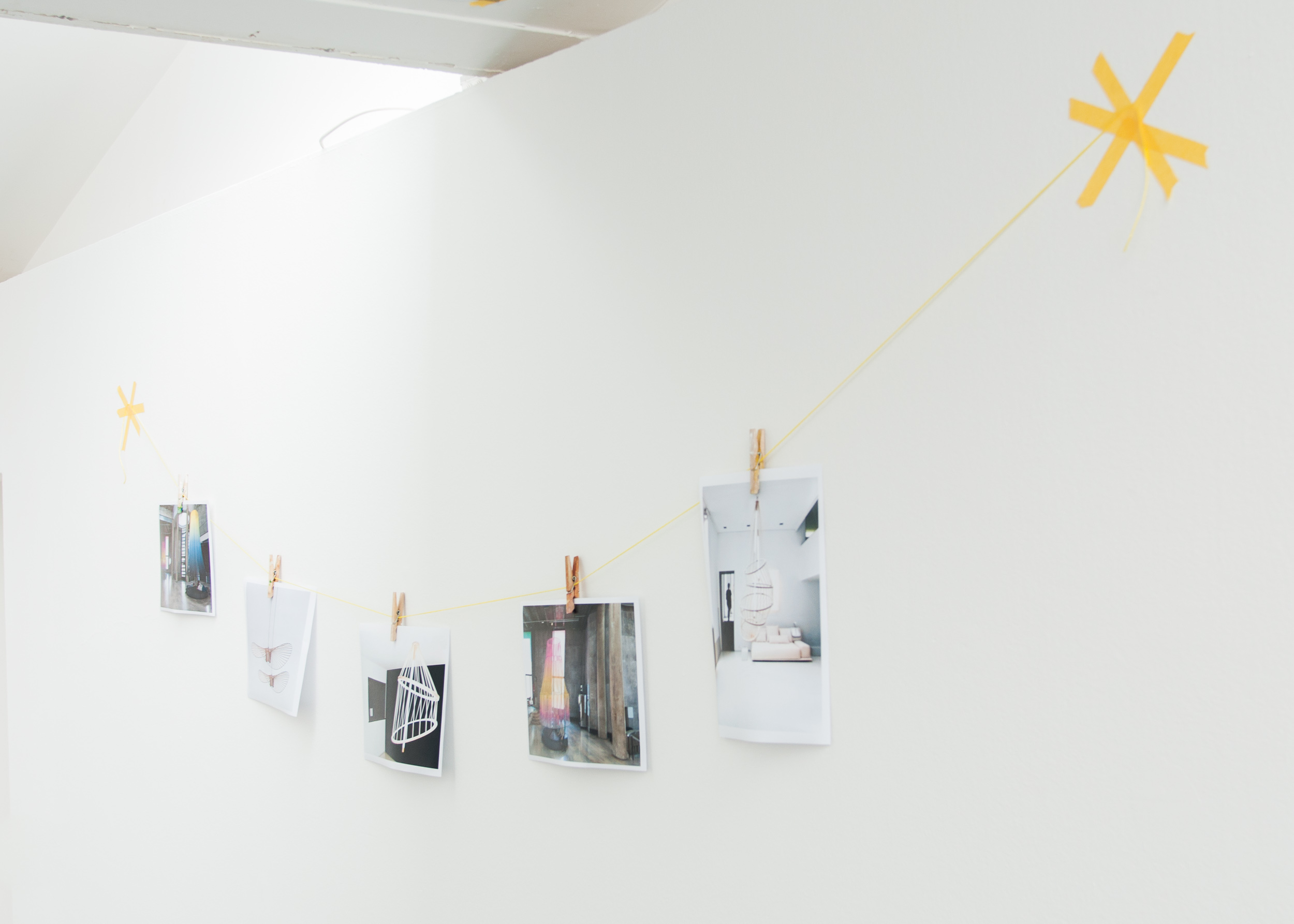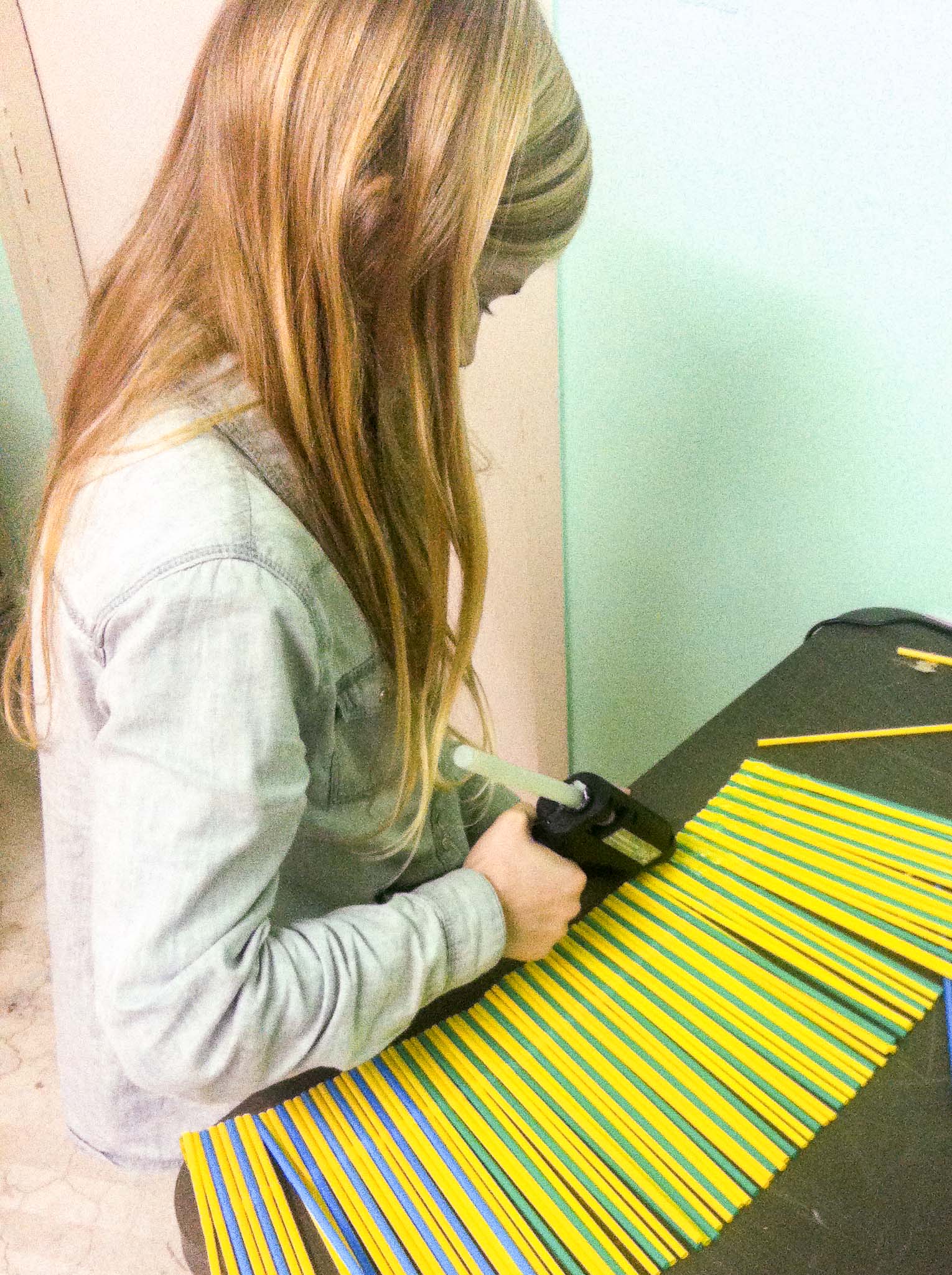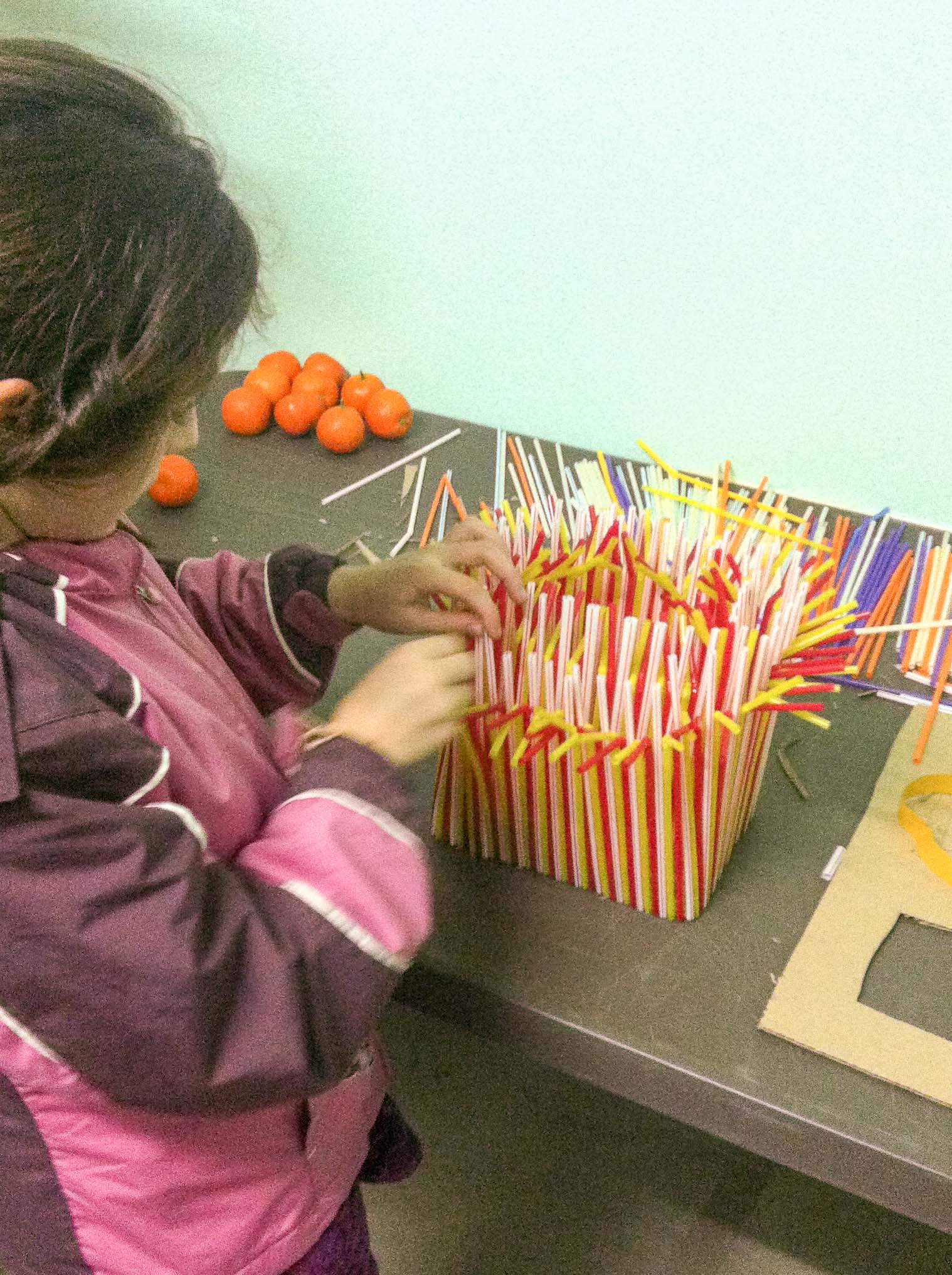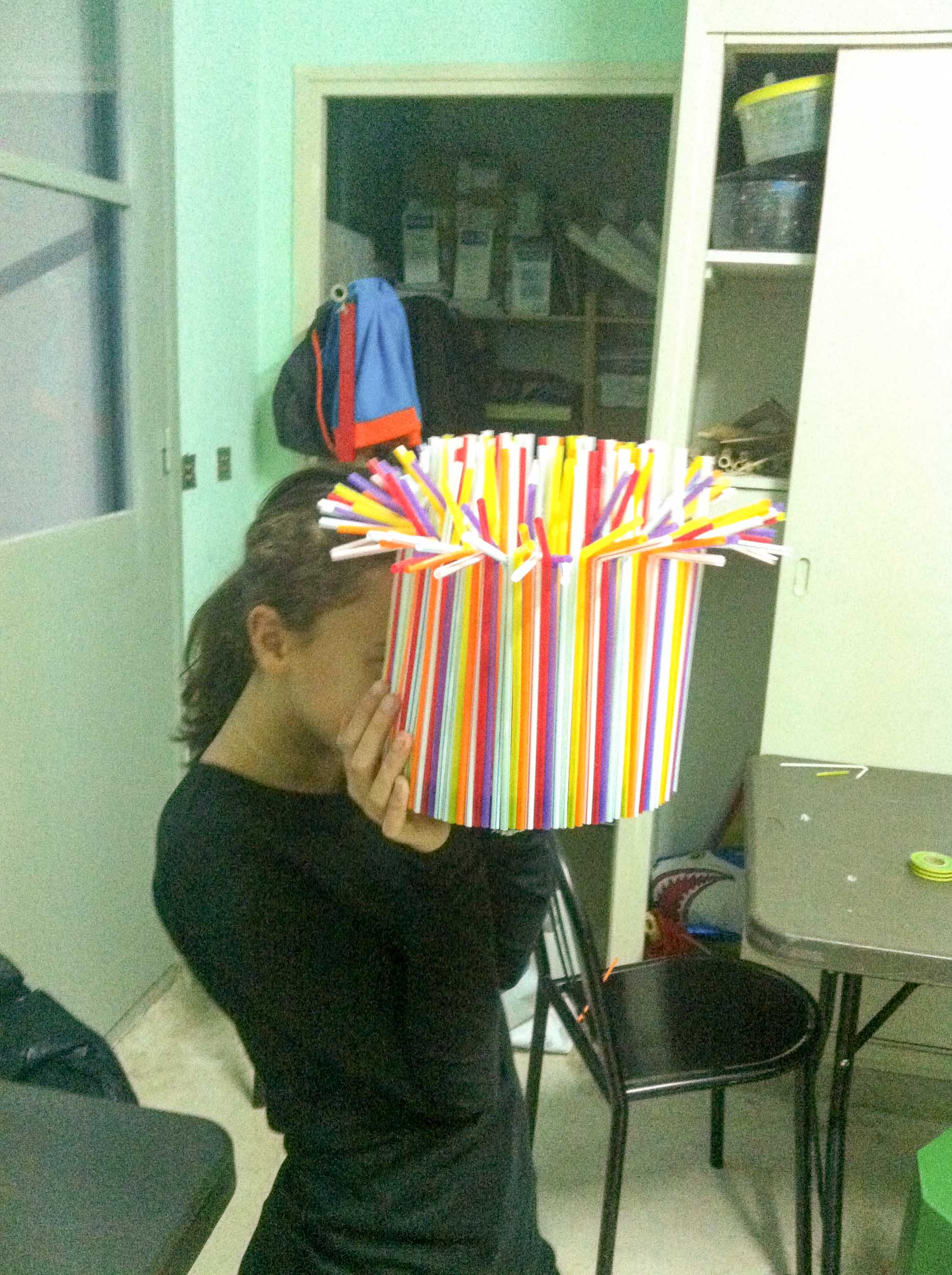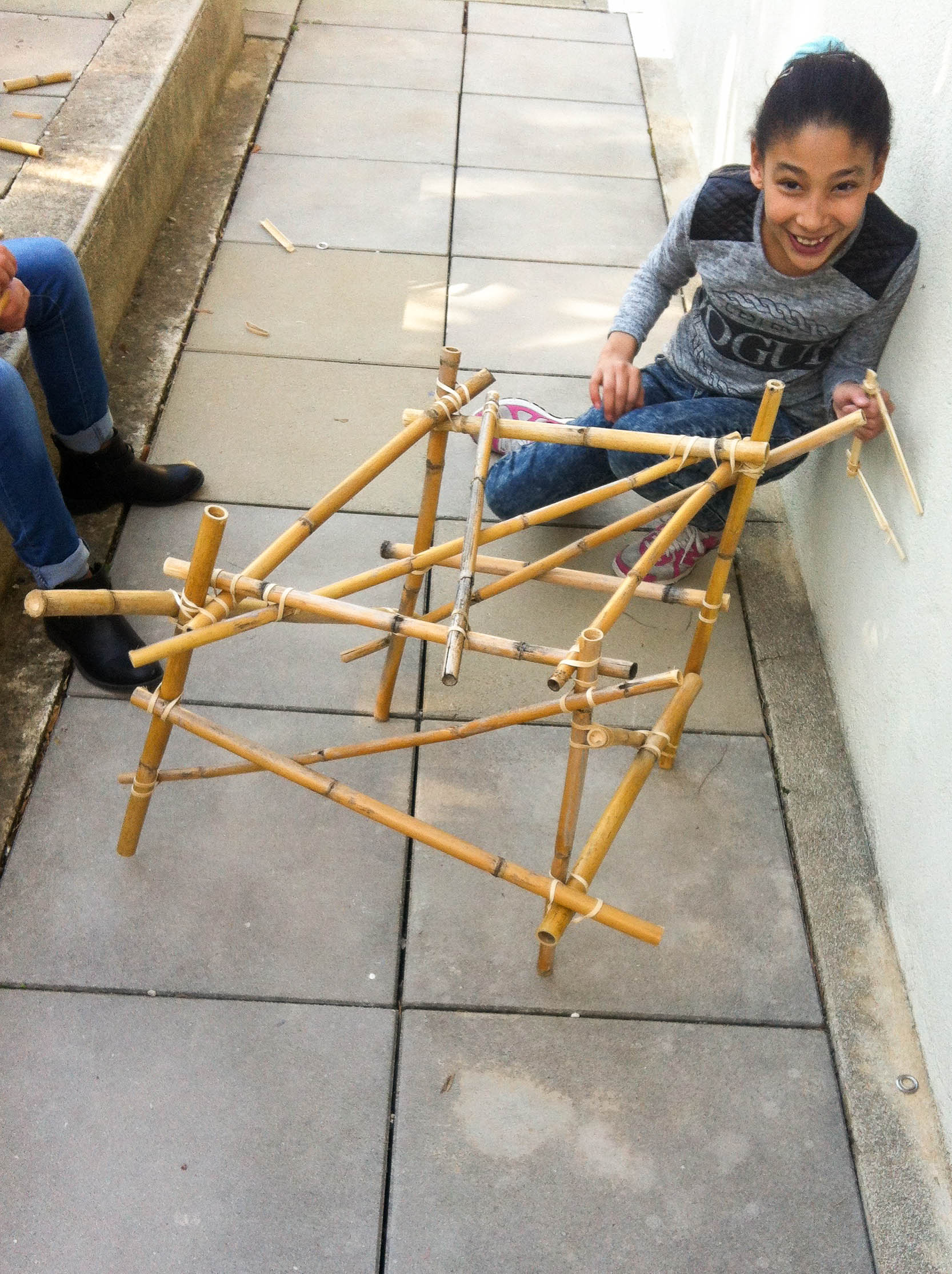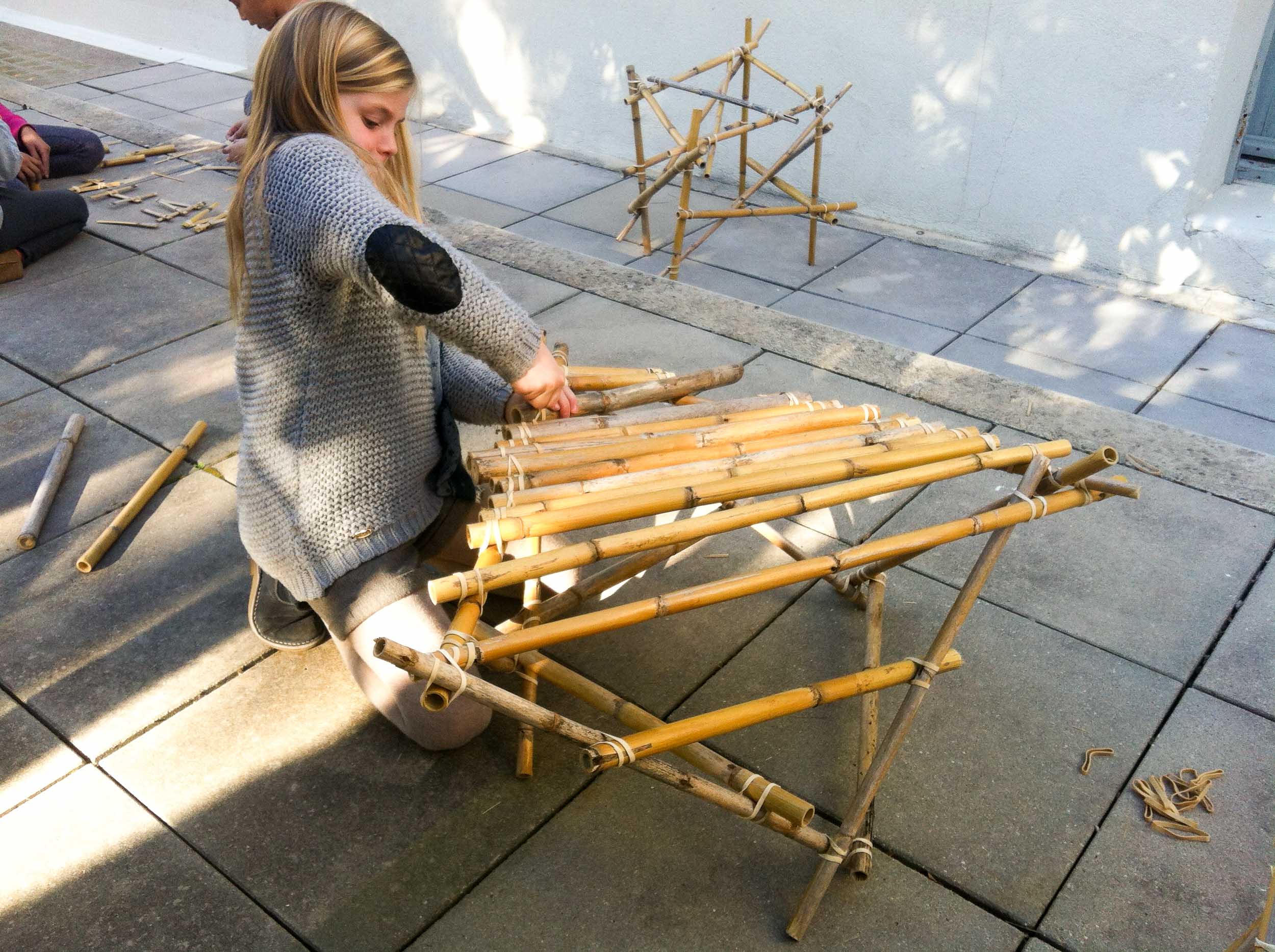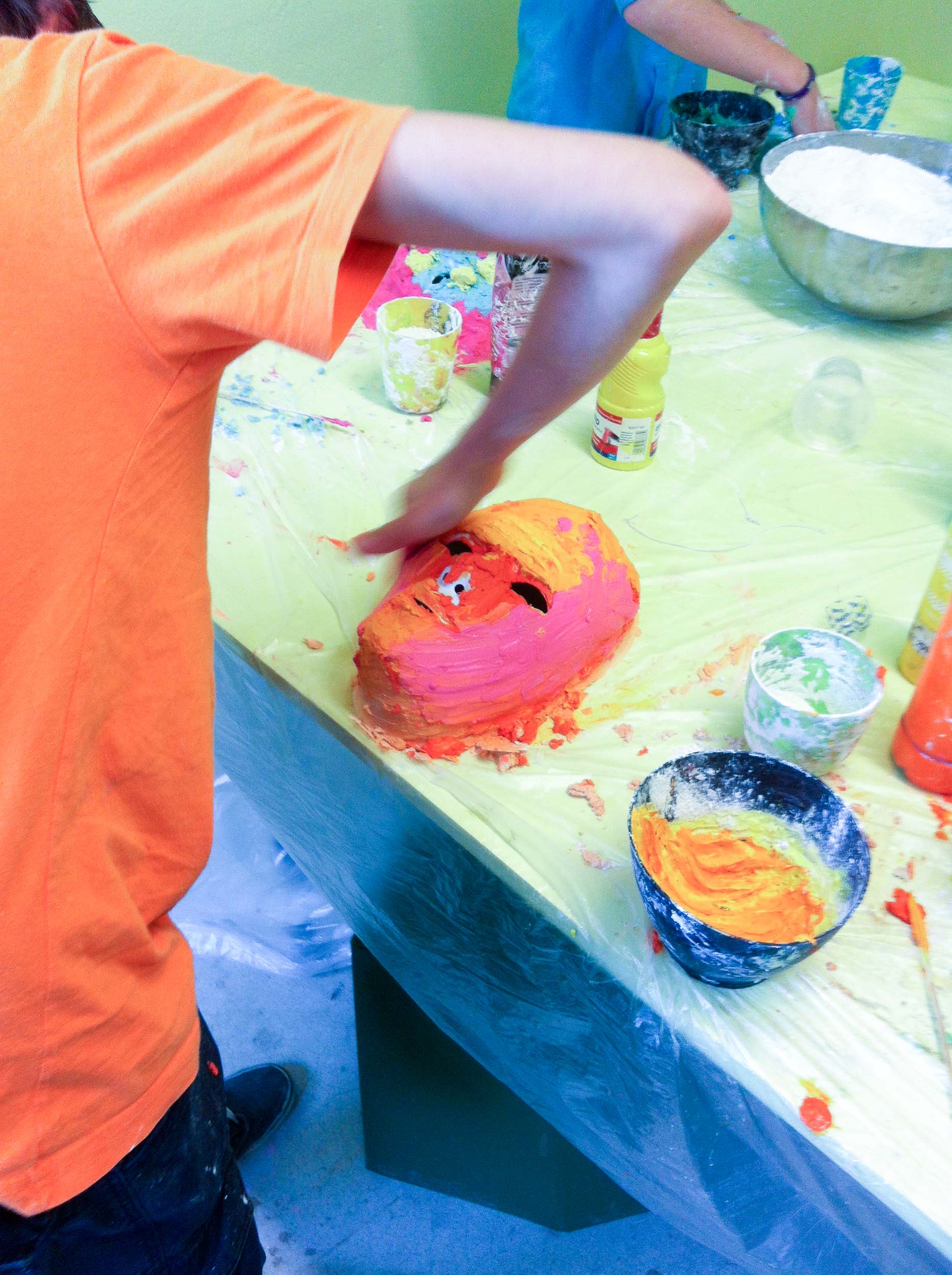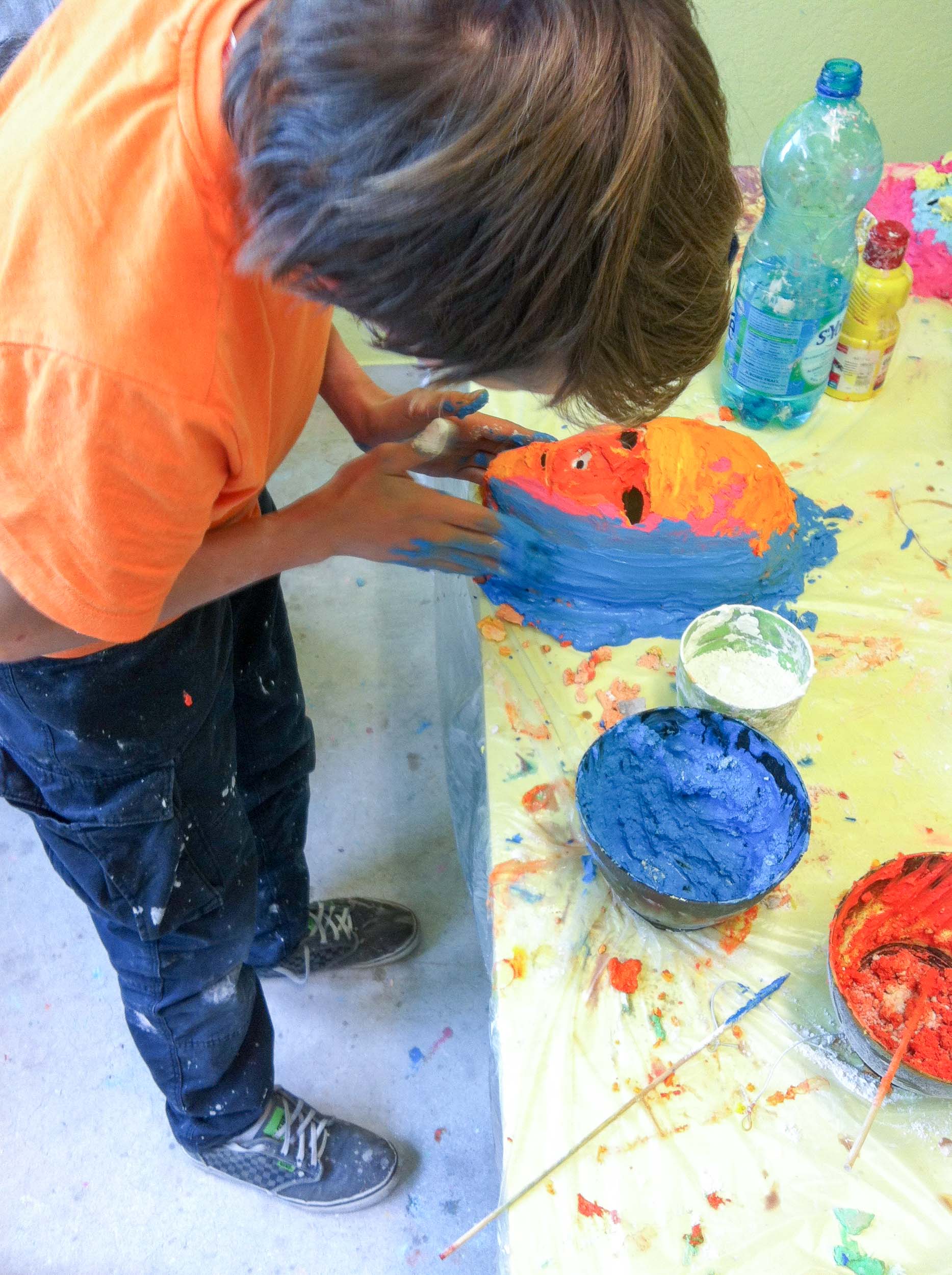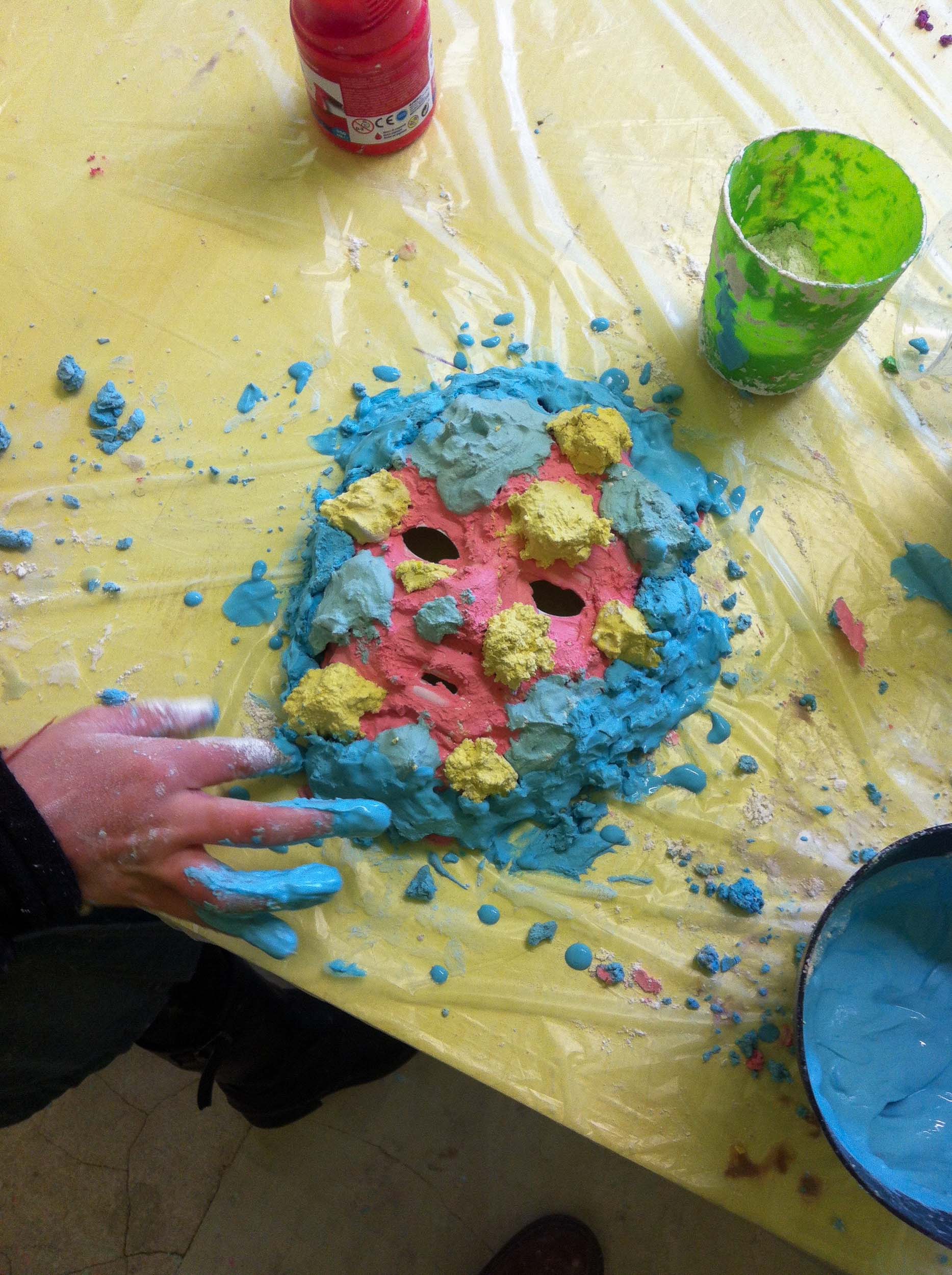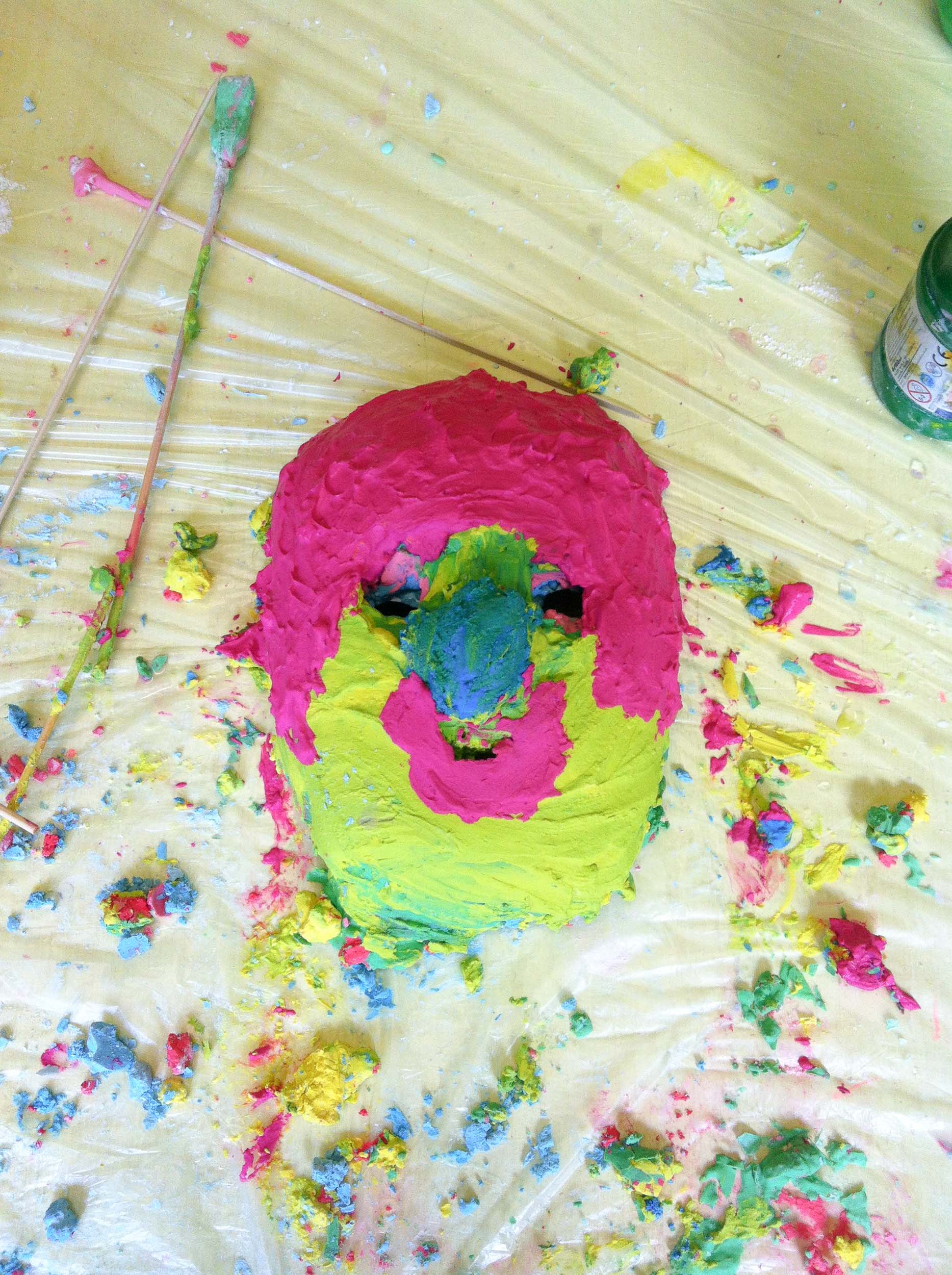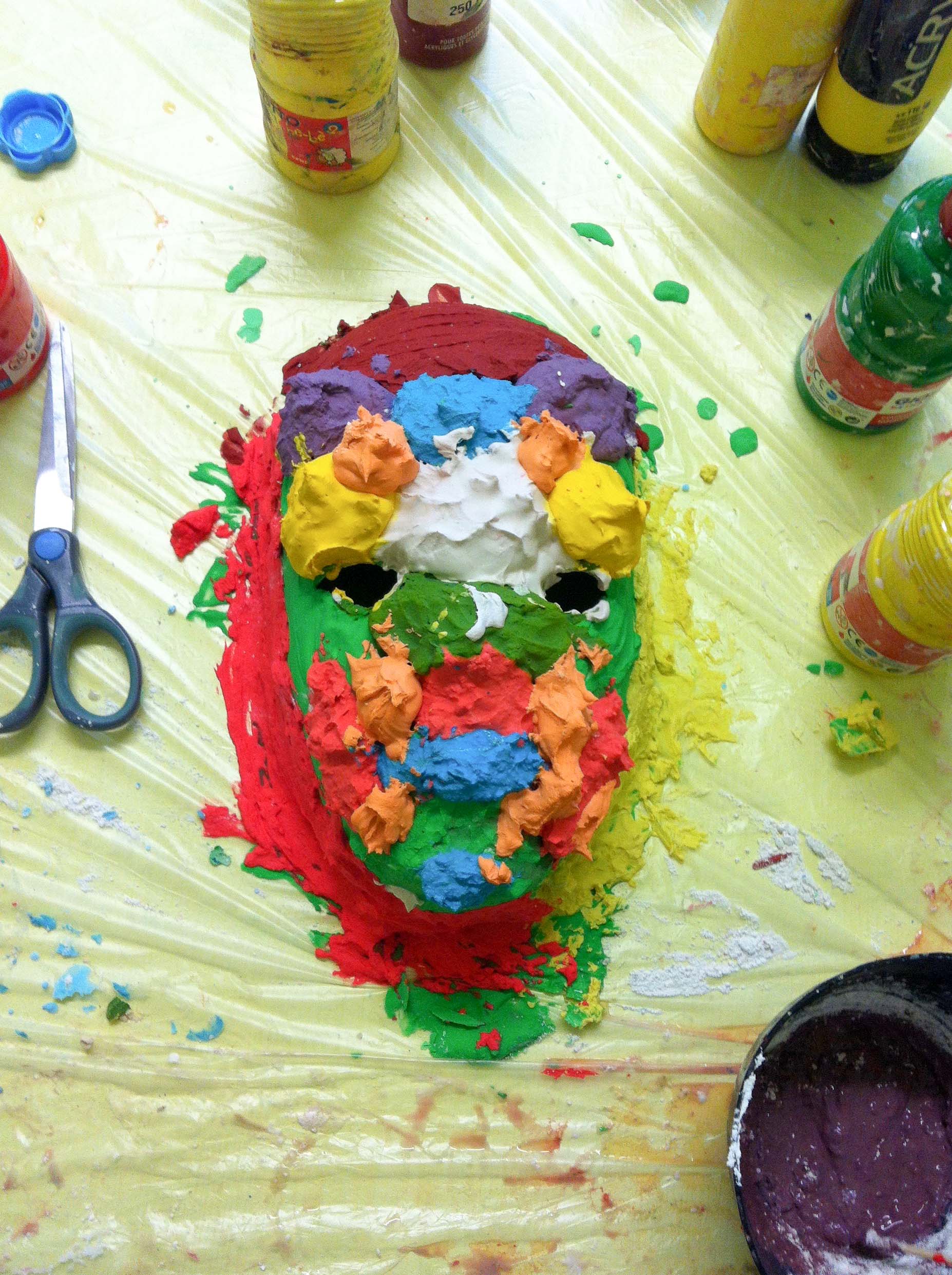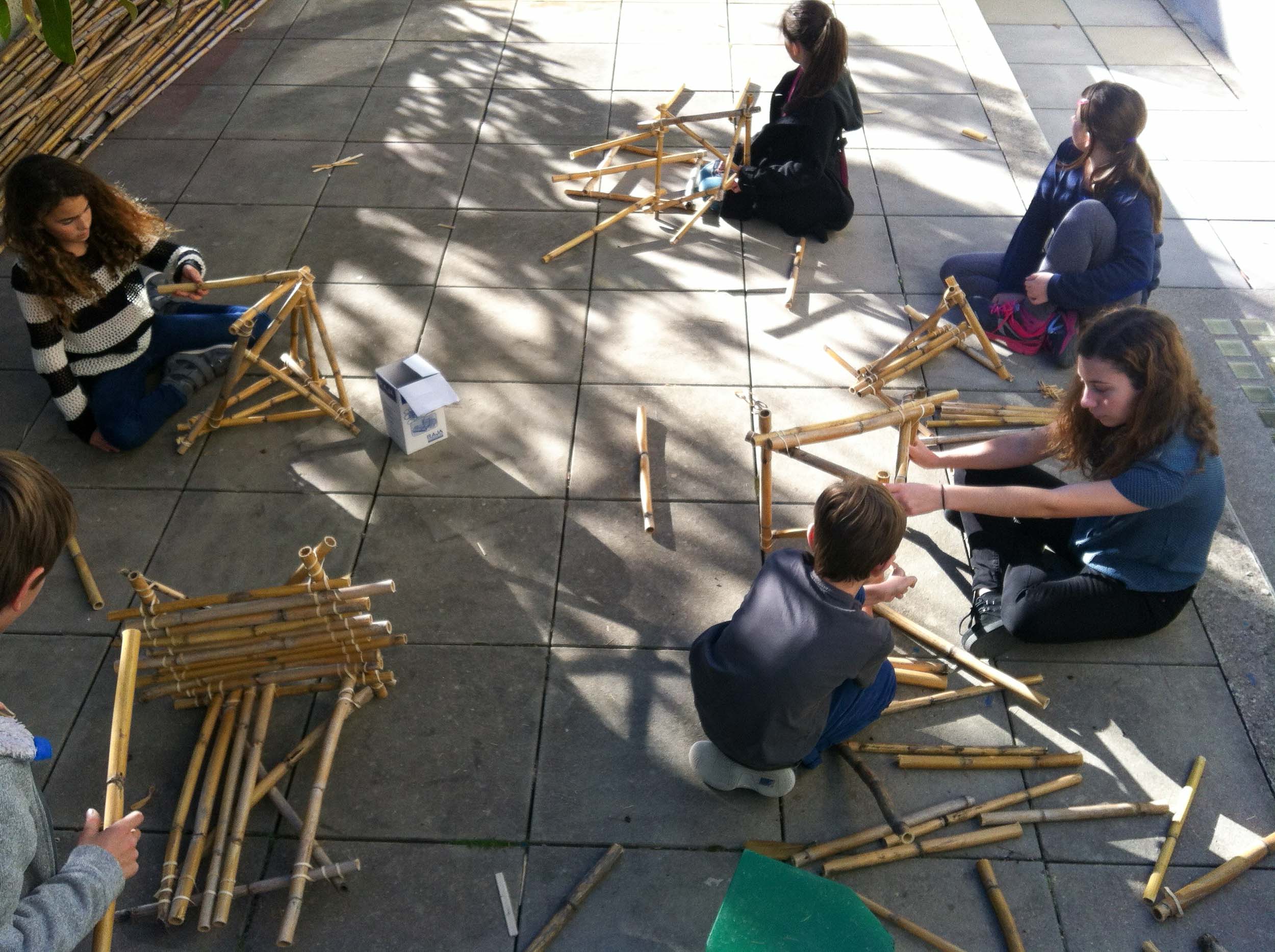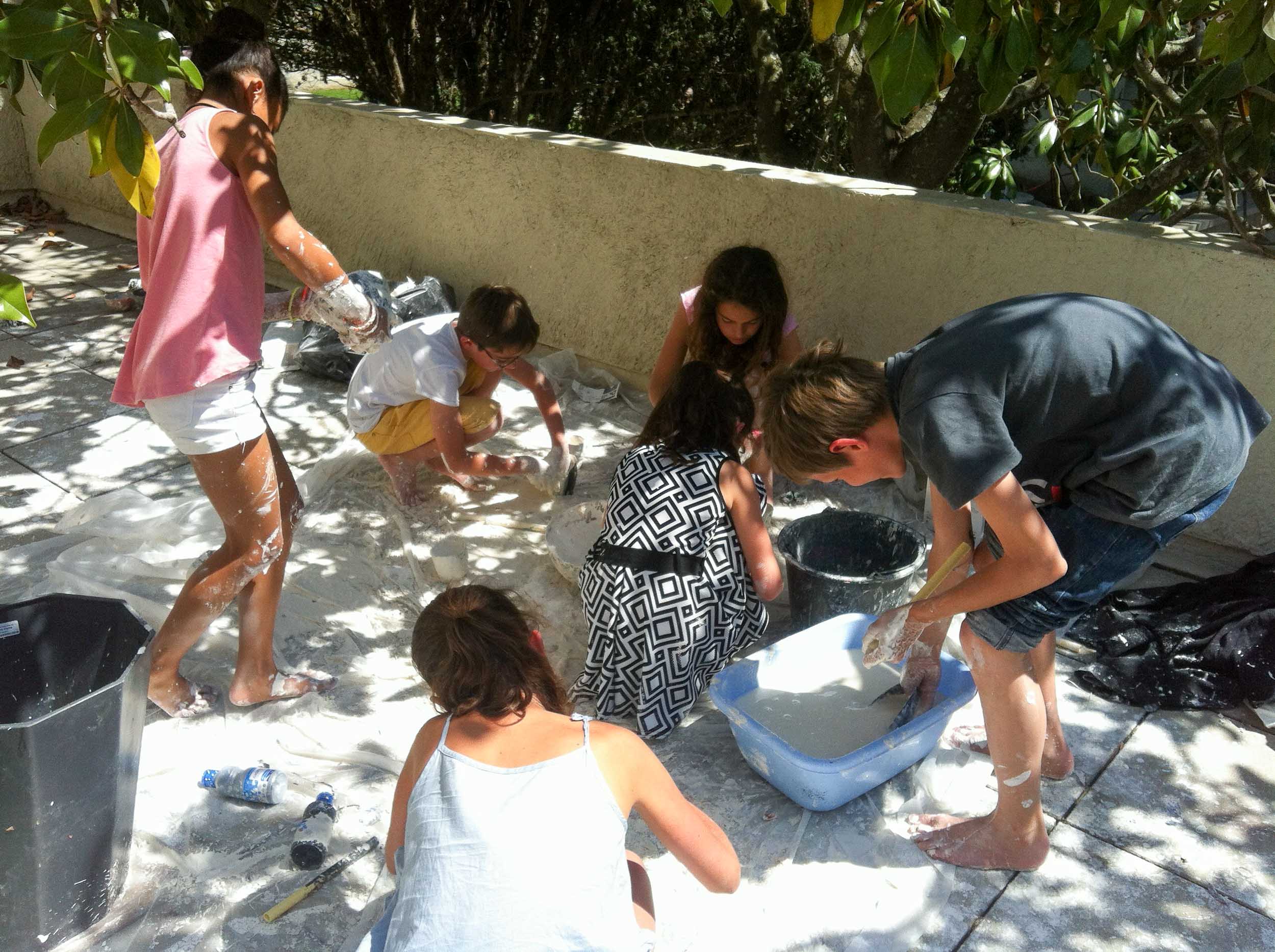Year: 2015
Commissioner: Villa Noailles
Location: Villa Noailles, Hyères, France
Project assistant: Charlotte Marx
After the works of: Antoine Boudin, Julien Carretero, François Dumas, Laureline Galliot, Constance Guisset, Julie Richoz
The Villa Noailles (Hyères, FR) invited us at a monthly frequency to lead a design workshop with kids aged between 7 and 12 years old throughout the whole school year 2014 - 2015.
As a tribute to the 10th anniversary of the Villa Noailles Design Parade festival we have decided to direct these workshops towards the discovery of various production processes and materials inspired by projects designed by former laureates of the Design Parade competition, a pretext to also discover the works of these young designers.

We have therefore started these workshops through an adaptation of works by Julie Richoz and Constance Guisset in order to acquaint the kids with two different ways of transforming a flat material into a volume.
François Dumas’ Anémones project has then led to the comprehension of the links existing between the choice of a material and the function of an object through the relationship, in this case, between the supportive base and the semi-flexible walls of the containers.
In the manner of Laureline Galliot, kids have then been able to approach a more expressive way to design through the use of colours, no longer as a simple surface treatment, but as a modeling matter, confronting themselves to the very personal choices between volumes and colours, shapes and aesthetics.
Antoine Boudin’s experiments with canes of Provence have been used here as a pretext to discover empirically the principle of triangulation in order to understand the structural constraints a designer has to face when creating a piece of furniture.
Finally, inspired by some of our own studio works we have concluded this year of experiments by learning how to turn soft materials into moulds in order to put into practice the different skills and techniques learnt through this whole year, such as creating a volume from a sheet material, designing through structural and functional constraints and taking advantages of the links existing between the technique, materials, shapes and colours.
